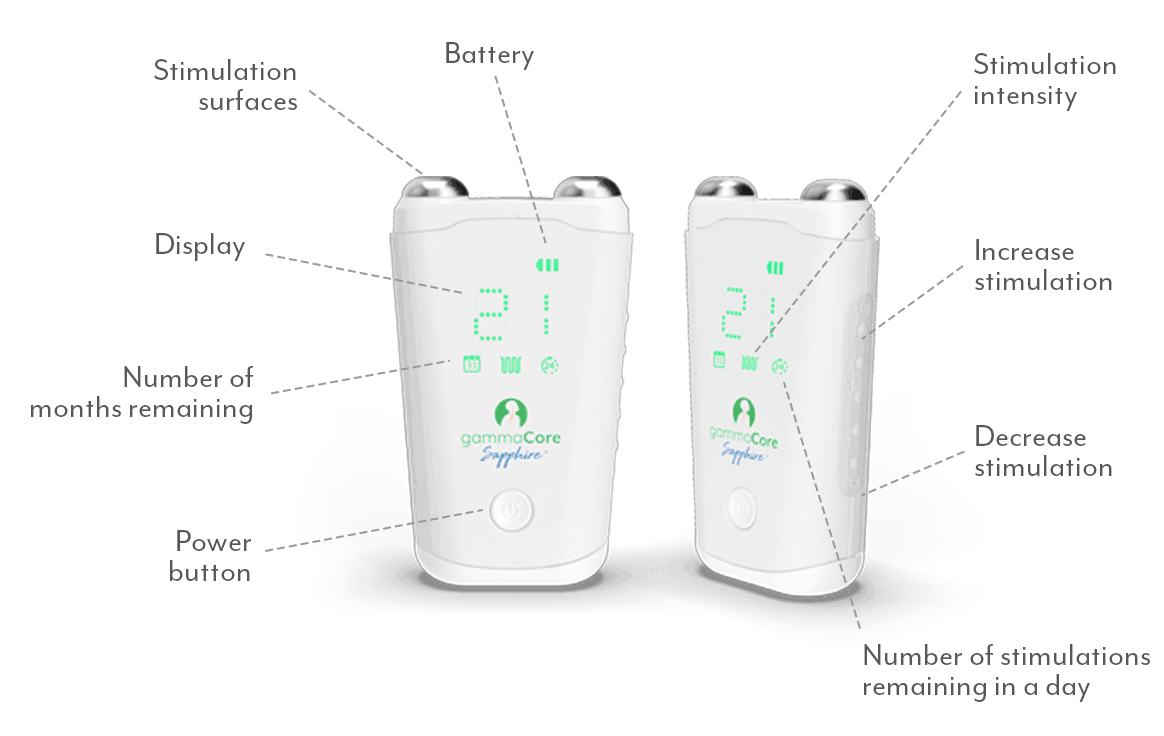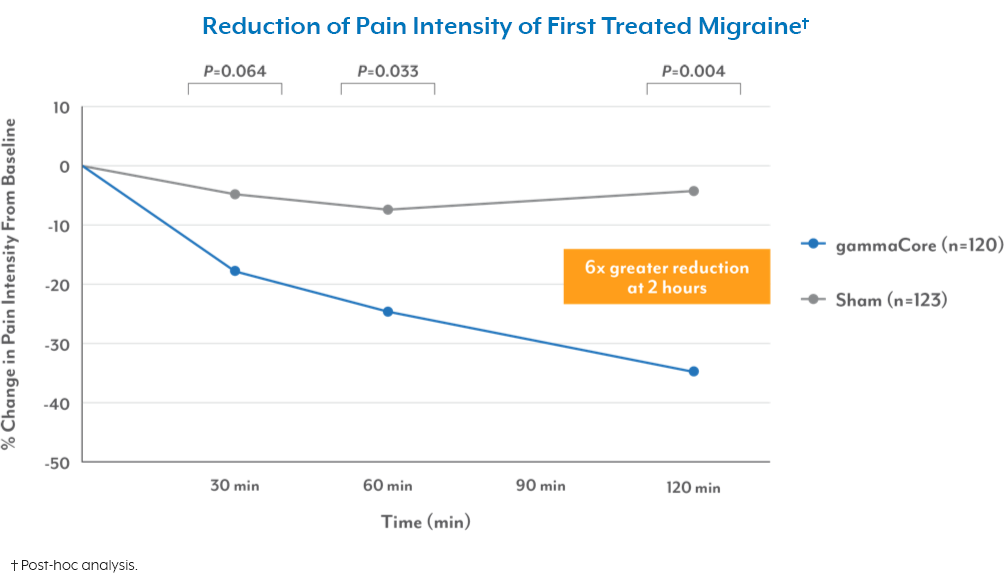
Migraines can be debilitating, to say the least, affecting millions of people worldwide. The throbbing pain, sensitivity to light and sound, and nausea can throw a wrench into daily life and significantly impact mental, emotional, and physical well-being. While treatments and therapies can help manage migraine attacks, creating a migraine-friendly home environment can also play a crucial role in reducing your migraine symptoms. Here are some simple but effective tips to help transform your living space and make migraines easier to manage.
How to Make a Migraine-Friendly Home Environment
- Manage Lighting
Bright lights can trigger migraines or worsen symptoms during an attack. When thinking about lighting for your home, opt for soft, diffused lighting. Use curtains or blinds to control natural light, and consider switching to warm LED bulbs, which are less likely to cause discomfort. Dimmer switches can also provide flexibility in adjusting light levels to suit your needs.
- Reduce Noise
Loud noises can be very overwhelming during a migraine. Sudden or prolonged noise may also trigger a migraine attack for some individuals.1 Minimize noise pollution in your home by adding sound-absorbing materials like rugs, curtains, or acoustic panels. If possible, create quiet zones where you can retreat during an attack, if you need to.
- Maintain a Comfortable Temperature
Extreme temperatures, hot or cold, can trigger migraines for some individuals. Others may be more sensitive to changes in temperature, like going from a heatwave outside into an extra chilled room or walking from freezing temperatures outside into an overly heated space.2 To avoid this potential trigger, keep your home at a consistent, comfortable temperature and gradually adjust when needed—in other words, resist the urge to crank up the heating or air conditioning drastically. Also, consider using fans or space heaters to regulate indoor temperature as needed, especially if you live in an area where the weather swings between warm and chilly.
- Declutter and Design
A cluttered environment can contribute to stress and tension, which, as you may have already guessed, are also common migraine triggers. Keep your living space organized and clutter-free to promote a sense of calm. In addition to decluttering, pay attention to the colors and patterns in your home décor. While individual preferences vary, some people find certain colors or busy patterns triggering. Opt for soothing, neutral colors and minimalist designs whenever possible to create a more migraine-friendly home environment.
- Establish a Sleep-Friendly Bedroom
Quality sleep every night is essential for migraine management. Create a sleep-friendly environment in your bedroom by investing in a supportive mattress and pillows. Use blackout curtains or eye masks to block out light, and consider using white noise machines or earplugs to mask disruptive sounds. In addition to setting up the perfect sleep environment, stick to a regular sleep schedule by going to bed and waking up around the same time every day, even on the weekends.
- Hydration and Nutrition
Dehydration and specific dietary triggers can exacerbate migraines. Keep your home stacked with healthy, nutrient-rich foods and snacks, like fruits, vegetables, and whole grains, and avoid having easy access to processed foods. If your migraines are triggered by caffeine or alcohol, don’t keep them around—this way, you’ll be less likely to succumb to the temptation.
- Create a Relaxation Space
Designate an area in your home specifically for relaxation and stress relief. It could be a cozy reading nook, a meditation corner, or a soothing bath—think of it as somewhere you can escape, if needed. Fill these spaces with comforting elements such as plush pillows, soft blankets, calming scents like lavender or eucalyptus, and anything else that encourages relaxation.
- Build a Migraine Toolkit
Your personalized migraine toolkit should encompass everything you need readily available in the event of a migraine attack. Since everyone’s migraine experience is unique, tailor your toolkit to include items you frequently rely on during these episodes. This may include medications, earplugs, ice packs, and noise-canceling headphones, among other items, to help address your migraine symptoms. Continue to refine your migraine toolkit based on your evolving needs and experiences. It’s also beneficial to explore innovative migraine management solutions that can complement the traditional remedies in your toolkit, such as gammaCore™ non-invasive nerve stimulator (nVNS).
Available with a prescription from your health care provider, this device effectively alleviates migraine pain and prevents future attacks by gently and non-invasively blocking the pain signals associated with migraine. gammaCore nVNS can be used as a standalone treatment or alongside your other migraine therapies. Its portable, handheld design allows for convenient at-home use, making it an invaluable addition to your migraine toolkit.
To see if gammaCore is right for you, visit our clinic finder to locate a health care provider near you, or contact our dedicated Customer Experience team at 888-903-2673 or customerservice@electrocore.com.
References
1. (n.d.). Migraine attack triggers. The Migraine Trust. Retrieved February 12, 2024, from https://migrainetrust.org/live-with-migraine/self-management/common-triggers/
2. (2023, June 21). Weather and Migraine. American Migraine Foundation. Retrieved February 12, 2024, from https://americanmigrainefoundation.org/resource-library/weather-and-migraine/



